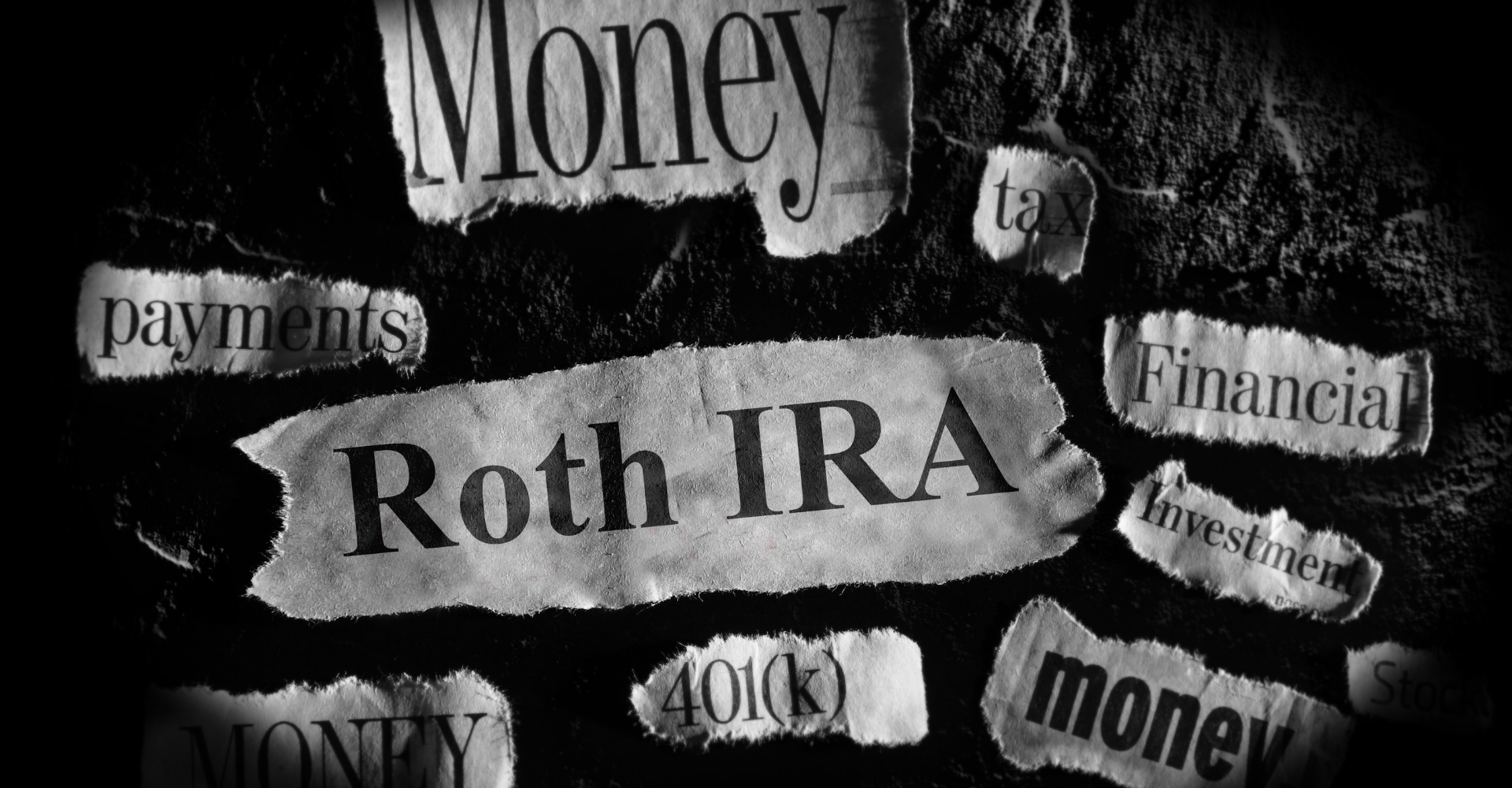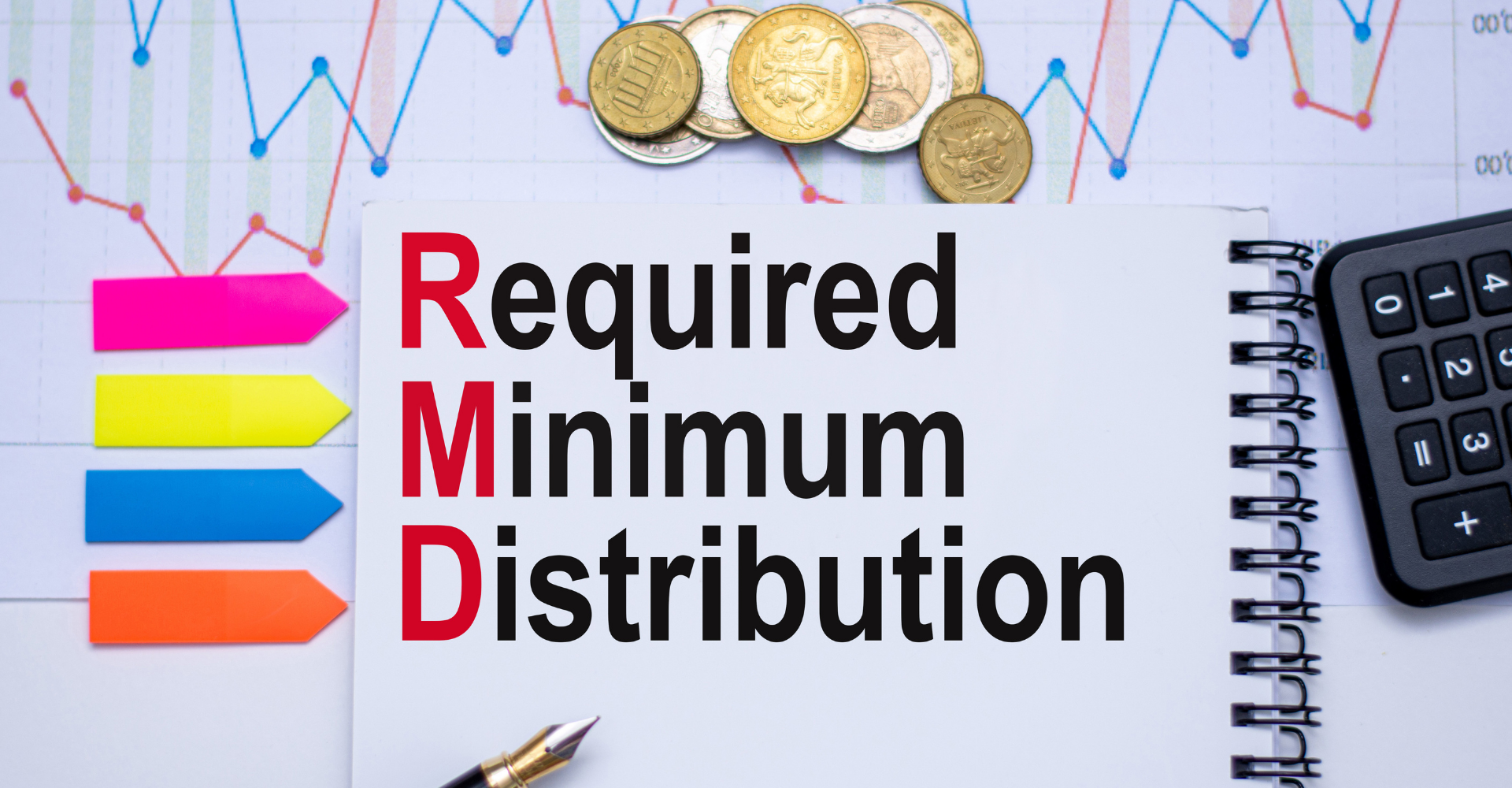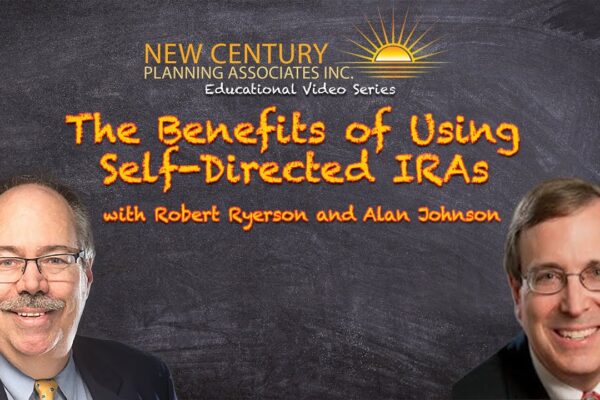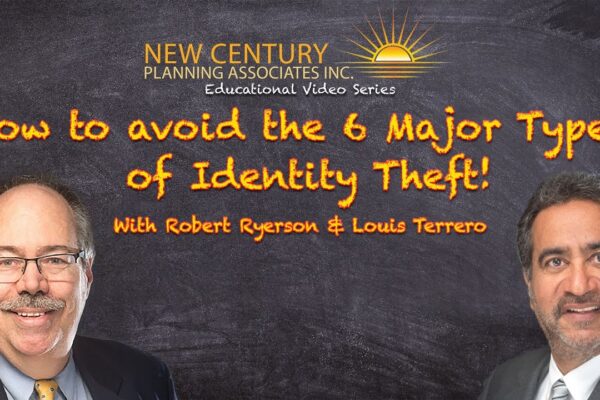RMDs And Your Retirement: How Will You Be Affected?
For most Americans, large portions of their money sit in retirement accounts without a second thought. Few even consider those funds again until they begin to approach retirement age. One often-overlooked area in retirement is the issue of required minimum distributions (RMDs) and how they might affect you in the future.
Many people reach their 60s with little to no knowledge of what the rules are for RMDs and how this could affect them during their retirement years. What is happening for the most part here is that Americans are simply postponing taxes on 401(k)s or other IRAs until they retire. But this might not always be an ideal scenario, depending on your situation.
What should you consider about RMDs as you approach retirement age? Let’s find out!
 What Is an RMD?
What Is an RMD?
The law prohibits leaving your money in a retirement account indefinitely. Unless you have a Roth IRA, you are required to take what are called ‘required minimum distributions,’ or RMDs, each year once you reach a certain age. That age requirement used to be 70 ½, but it has recently been changed to 72.
If you do not take your RMD, there can be serious consequences for you, in addition to the normal taxes that will be due on the distribution. There is a 50 percent tax penalty on any funds you do not remove by the deadline, and you are, of course, still required to take out your RMD in addition to paying the tax penalty.
Aside from this tax penalty for not taking the RMD for which you are eligible, you can also experience tax issues with the RMD itself. RMDs are taxed just like any other ordinary income despite being obligatory. Even if you have large long term gains on many holdings in your IRA or 401k, you will not receive the more favorable capital gains treatment when you take that money out. All dollars leaving an IRA or 401k or 403B are taxed as ordinary income! These distributions can increase your overall tax bill, and make up to 85% of your Social Security taxable every year as well.
Pandemic Effect
This past year, 2020, the world experienced a global health crisis with the onset of the coronavirus pandemic. Because of the CARES Act passed by the United States government, RMDs were waived for the year 2020 to offer seniors some necessary tax savings during an extremely trying time for the nation.
But so far, RMDs will be back for the year 2021, so you must plan for the consequences. Not taking your RMD in 2020 may save you some on taxes, but it may also have increased your RMD for next year, leaving you with an increased tax bill for 2021.
 Planning for RMDs
Planning for RMDs
For some individuals, the RMD is not something they consider. Many Americans need this money for daily living expenses during retirement and rely on those funds held in their 401(k) or IRA to pay the bills.
But if you are in a position where you do not need to withdraw that money, or even a good part of it, for your everyday expenses, RMDs can become more of a hassle and create an unnecessary tax burden. It is for those individuals that planning for your RMDs can become a huge benefit. If a single person, or married couple, has a significant income from Social Security, having all that Social Security income be tax free every year, instead of largely taxable, can be a very big difference for lifestyle and net spending purposes. By using a series of ROTH conversions over time, many retirees can avoid or reduce the taxes on their Social Security income.
 The Roth Conversion Option
The Roth Conversion Option
Postponing taxes until retirement might serve some people well. For others, it would be better to have a tax-free source of income to access during retirement. Thankfully, there are ways to make that happen. One is to utilize a Roth 401(k) option if offered by your employer, and another is to convert your IRAs and 401ks or 403Bs to Roth IRAs before reaching the age at which RMDs begin.
Unlike other retirement accounts, Roth 401(k)s and Roth IRAs do not have RMDs and individuals can receive those benefits tax-free during retirement. Though there are income limits on Roth contributions, there are none for Roth conversions. This means that you could conceivably transfer or “convert” your funds to Roth status and Roth accounts over several years, paying taxes along the way. This can help you spread out your tax burden and minimize your taxes during retirement.
Traditional tax advice often assumes you will be in a lower tax bracket during your retirement. Those for whom this will be the case are generally advised to max out their tax-deferred accounts for as long as they can. However, that is not always the case. For some, retirement might bring about an even higher tax bracket, in which case another strategy is required.
The Early Distribution Option
When considering RMDs in the future, it is helpful to consider your total assets and the size of the RMD you expect. If you have large amounts in tax-deferred accounts in retirement, your RMDs could be quite substantial, resulting in a significant tax burden. Many states also tax IRA distributions as well.
Another strategy for lowering your tax burden during retirement is taking withdrawals before reaching the age for RMDs (72). Though it is possible you will pay higher taxes initially, taking withdrawals early might help to lower or even eliminate your RMDs later on, since the amount held in your tax-deferred accounts will be lower, or zero if you have converted it all to ROTH status.
Planning for RMDs and other aspects of retirement can be challenging. It can be useful to consult a financial planner to help you make these decisions.
Author
Robert Ryerson
Although Robert M. Ryerson completed all the necessary requirements to earn bachelor of arts degrees in both English and economics at Rutgers University, college policy at the time prohibited the issuance of dual degrees. As a result, he graduated from Rutgers with a single bachelor of arts in economics before finding employment as a stockbroker with Shearson Lehman American Express in New York City 1984. Robert M. Ryerson has since established himself as a respected estate administrator and legacy planner. In addition to his economics degree from Rutgers, Mr. Ryerson holds several professional designations including Retirement Income Certified Professional (RICP)®; Certified In Long Term Care (CLTC)®; Certified Financial Fiduciary (CFF)®, and Certified Identity Theft Risk Magenament Specialist (CITRMS)®. He has shared his knowledge on the subject of identity theft as the author of the book What’s The Deal With Identity Theft?: A Plain-English Look at Our Fastest Growing Crime. He has also covered identity theft issues directly for students as the instructor of the adult education course Understanding Identity Theft: Our Fastest Growing Crime.






